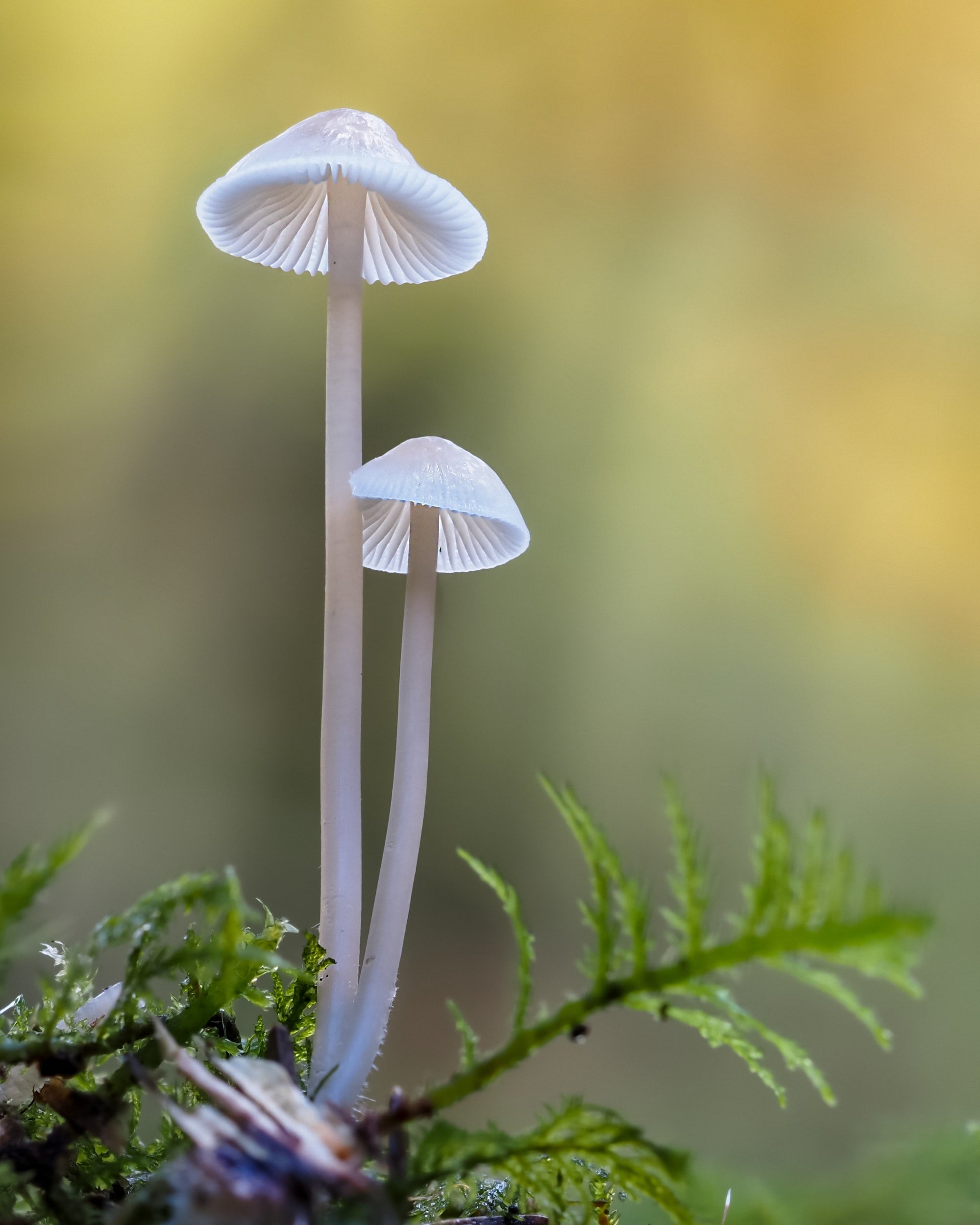INGREDIENT FEATURE: Mushroom Magic
Medicinal Mushrooms:
Ancient Remedies Meet Modern Science
Paul Stamets, DSc and Heather Zwickey, PhD
https://www.ncbi.nlm.nih.gov/pmc/articles/PMC4684114/
“Our ancestors have used mushrooms as medicine for thousands of years. The Greek physician Hippocrates, circa 450 bce, classified the amadou mushroom (Fomes fomentarius) as a potent anti-inflammatory and for cauterizing wounds. The alchemist Tao Hongjing, from the 5th century, described several medicinal mushrooms, including ling zhi (Ganoderma lucidum) and zhu ling (Dendropolyporus umbellatus), some in use reportedly by Shennong many centuries before. Ötzi, the Ice Man, who lived nearly 5300 years ago, carried amadou and a birch polypore tethered in a pouch to help him survive in the Alps of northern Italy. First peoples of North America used puffball mushrooms (Calvatia genus) as wound healers. Although mushrooms have long been used by various cultures, only recently has modern science rediscovered what the ancients knew long ago—that mushrooms can be deep reservoirs of powerful medicines.
Yet, mushrooms remain an enigma to many in the medical field, but this ignorance is rapidly changing. The surge in interest is not only related to the deep cultural history of their use, but it is also due to modern methods for tissue culture of mycelium and new methods for testing the activity of individual constituents and their synergies. We know that G lucidum has at least 16 000 genes that code for more than 200 000 compounds, of which 400 are “active constituents.” More than 150 novel enzymes have been identified from mushroom species so far. Clearly, mushrooms manufacture many novel constituents worthy of medical investigations. Mushrooms are nature’s miniature pharmaceutical factories, rich in a vast array of novel constituents and wide open for exploration.
The lag in time for modern science to explore mushrooms for their medicinal properties is probably due to their nature. Mushrooms are ephemeral—they may be in our experiential view for just a few days, whereas our encounters with plants and animals can last months or years. That some mushrooms can feed you, some can heal you, some can kill you, and some can send you on a spiritual journey speaks of their diverse chemical constituents. From an evolutionary and survival point of view, it is safer to avoid that which is poorly understood yet so powerful. Hence, mushroom medicines have remained an eclectic science.
While most fleshy mushrooms emerge from mycelium and reproduce in a few days, the mycelium from which they arise can live for decades to hundreds of years. The largest known organism on Earth is a mycelial mat of a honey mushroom (Armillaria ostoyae) in eastern Oregon—890 hectares and more than 2000 years old. Although the mycelium can survive for centuries, the fleshy fruit bodies last only a few days. These fine mycelial threads can infuse a cubic inch of soil with more than 12.9 km of these fungal filaments. Surrounded by hundreds of millions of hungry microbes trying to consume it, the mycelium can keep predators at bay.
In fact, it is likely the mushrooms relationship with microbes that make them medicinal for humans. Certainly, mushrooms did not evolve to become medicine for humans, but rather evolved to survive their own predators. Similar to medicines that come from botanicals, many of the chemicals that fungi produce to flourish in the wild are also active in humans. This is likely not a coincidence. It is an evolutionary advantage for humans to coevolve with our environment and our medicines. Prior to the pharmaceutical age, the humans who could use plants and fungi as medicines were able to survive the diseases that plagued our world and reproduce.
Using these medicines required both a working knowledge of toxic versus safe mushrooms and the ability to physiologically respond to the chemicals they produce. As we evolved, our bodies capitalized on the fact that fungi, microbes, insects, and other organisms have different processes to produce molecules than humans do. Thus, we developed receptors, called pattern recognition receptors, that bind specifically to nonhuman derived carbohydrates, proteins, nucleic acids, and glucans. When these pattern recognition receptors bind to mushroom produced b-glucans, they stimulate the immune system. It is this immune stimulation that is described by Guggenheim et al1 in this issue of IMCJ (page 32).
As demonstrated in the Guggenheim review, the array of responses that we have to mushrooms is astounding. The literature on human response to mushrooms demonstrates a magnitude and diversity of effects that appear far greater than the responses we have to plants. Phylogenetically, the animal kingdom is more closely related to mushrooms than it is to plants, and we can speculate that this relationship is responsible for the enhanced medicinal benefits we observe.
From mycelium, we are finding a whole new repertoire of active molecules that interface and potentiate modern medicine in unexpected ways. As we have recognized the value of mushrooms, we have started to cultivate them to further exploit their medicinal purposes. Using solvents different than water is unveiling whole new sets of active constituents that were unavailable to our ancestors.
Modern science now recognizes that we are an ecosystem, that we live in an ecosystem, and we are born from an ecosystem. Mycelium is a foundation of nature’s land based food webs. Understanding the role of mushrooms and their mycelia in ecosystems empowers their use in naturopathic medicine in ways that bolster conventional medical practices. We are now fully engaged in a rapidly emerging scientific revolution in medicinal mushrooms. Our ancestors would be proud.”
References
1. Guggenheim AG, Wright KM, Zwickey HL. Immune modulation from five major mushrooms: application to integrative oncology. Integrative Med Clin J. 2014;13(1):32–44. [PMC free article] [PubMed] [Google Scholar]













